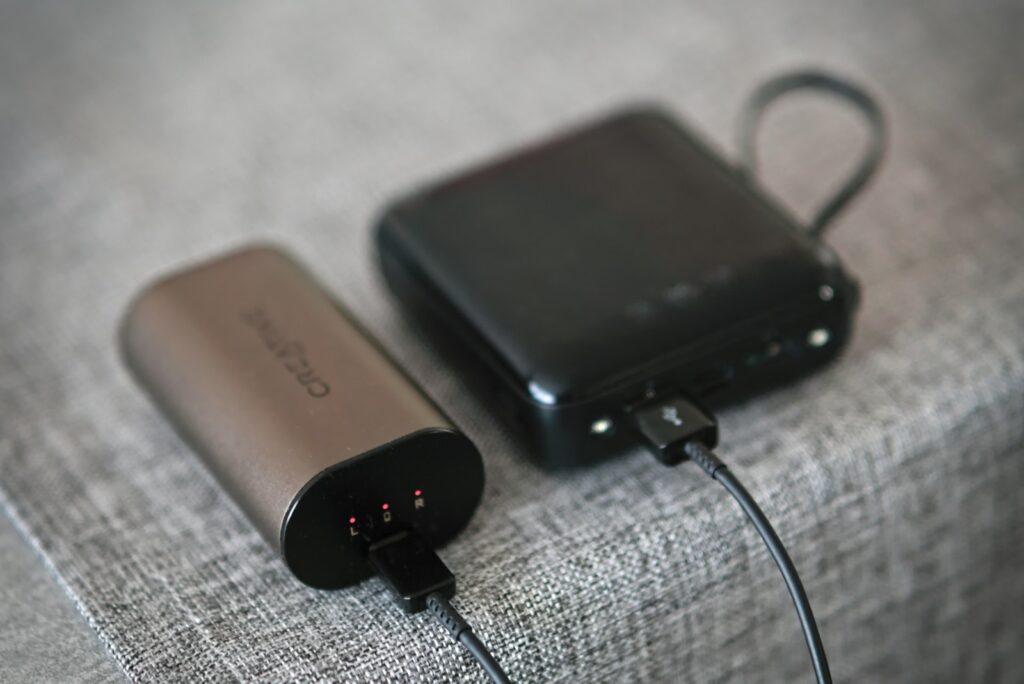Stepping into an electronics shop and being faced with TV resolution jargon like HD, 4K, and 8K plastered onto price labels makes the ordinary shopper bewildered about what they actually need. None of these numbers has anything to do with tiny little dots, or pixels, that constitute the picture on your television; more pixels translate to more detailed pictures. But what the salesperson won’t tell you is this: higher TV resolution doesn’t always mean better viewing in your family room.
Whether the jump from HD to 4K is worthwhile depends on screen size, viewing distance, and what you actually watch. Admiring differences saves you from the cost of having to pay too much for something you cannot see from your living room couch.
The Numbers Decoded: What HD, 4K, and 8K Actually Mean
Resolution refers to the number of pixels displayed horizontally and vertically on your monitor. HD (1080p) has 1920 pixels across and 1080 pixels down, that’s a total of approximately 2 million pixels. That works fine for screens smaller than 40 inches.
4K contains twice the pixels of HD, and 2160 by 3840 is roughly 8 million pixels in aggregate. “4K” refers to approximately 4,000 pixels across. Twice four is you with considerably sharper images on 50-inch and larger screens when you sit relatively near.
8K TV restores 7680 by 4320 pixels, four more than 4K and sixteen more than HD. That’s about 33 million pixels on your screen. Sounds wonderful, but real-world advantages have much to do with matters beyond pixels.
Reality check: Your eye has a limit when it comes to processing detail at normal viewing distances. More pixels aren’t necessarily better picture quality if you can’t even see it from your living room couch.
Read More: Smart Home vs Regular Device: What’s Worth It?
When Higher Resolution Actually Matters for You
The minimum distance required to fully appreciate 4K quality is approximately 1.5 times the height of the TV screen. On a 65-inch model, that works out to 5-6 feet away. Stand back any further, and 4K is virtually indistinguishable from HD because your eyes are not going to be able to distinguish between individual pixels at this distance.
When you’ve got a 55-inch television and a 12-foot living room, stepping up from HD to 4K doesn’t make much of a difference for you to notice. Your viewing distance is simply too great for the added pixels to be anything but imperceptible. However, taking the same 4K television and placing it in a bedroom where you’re 6 feet away from the screen makes a significantly bigger difference in clarity, and it’s worth it.
Screen size matters as well. On screens smaller than 50 inches, even the most finicky observers can’t tell the difference between 4K and HD at regular viewing distance. Pixel density is so high that the human eye can’t detect individual pixels, regardless of the resolution. Blow your cash unless you’re sitting closer than usual or have improved eyesight.
For 8K TVs, the viewing distances become more extreme. You’d need screens of greater than 75 inches from a distance of less than 5 feet to actually take advantage of the resolution advantage over 4K, a configuration not common in most homes.
Read More: Is It Worth Getting a Smart Speaker?
Content Availability: What Can You Actually Watch?
It won’t make a difference whether you own a 4K TV or an 8K TV unless you have content sources with resolution-matched support. Netflix, Amazon Prime, and Disney+ streaming have ginormous 4K libraries, but you’ll need to pay more for a premium subscription plan and enjoy fast internet speeds (minimum 25 Mbps for smooth 4K streaming).
Broadcast and cable TV are mostly still in basic HD, not 4K. Sportscasting is beginning to transition over into 4K, but a lot will depend upon the provider and the sport. 4K releases appear on Blu-ray discs, but are more expensive than the basic HD ones.
There is no 8K programming. There are currently no consumers watching 8K programming on streaming services, and 8K Blu-rays are not yet available for sale. Most 8K TVs employ upscaling circuitry that renders images to appear better by enhancing lower resolution material, but does not mimic actual 8K video.
Ensure your potential content providers already have it before you invest more money in higher-resolution content. An 8K TV displaying HD cable programming doesn’t seem much better than an excellent 4K TV and is also half the price.
Understanding the difference between TV resolutions allows you to make more rational purchasing decisions based on real viewing habits and not salesmanship. HD is perfectly fine for small screens and viewing distances. 4K offers real benefits on 50+ inch screens viewed from a comfortably close distance, and 8K isn’t quite in the running for most households yet.
Monitor your viewing distance, screen, and content providers before making a purchase. Prioritize screen size by room, and then add 4K if you fall within the viewing range; skip 8K unless you are building a very large home theater.
Read More: The Best Simple Laptops for Everyday Use




